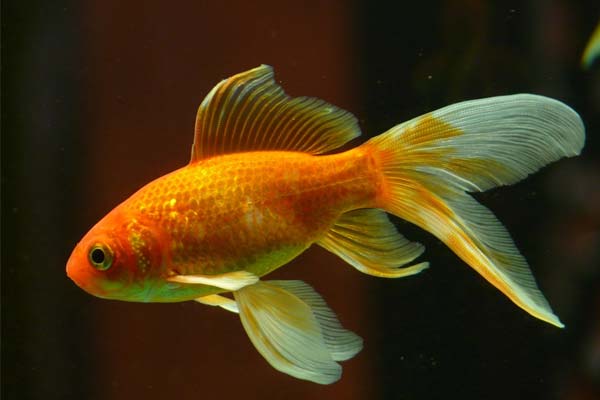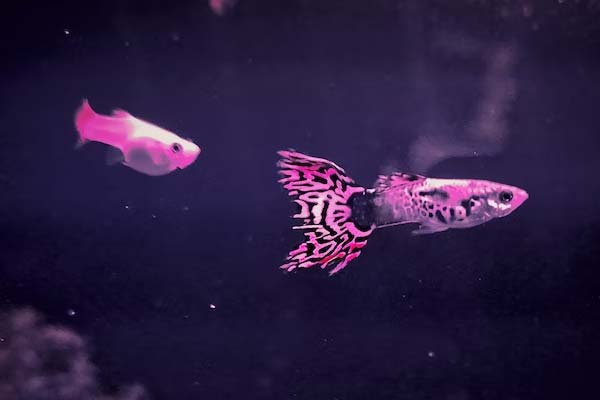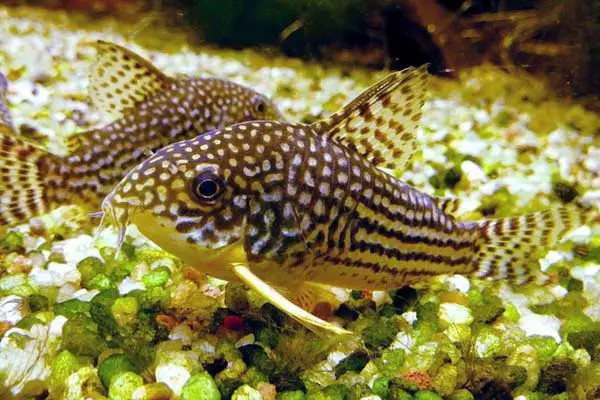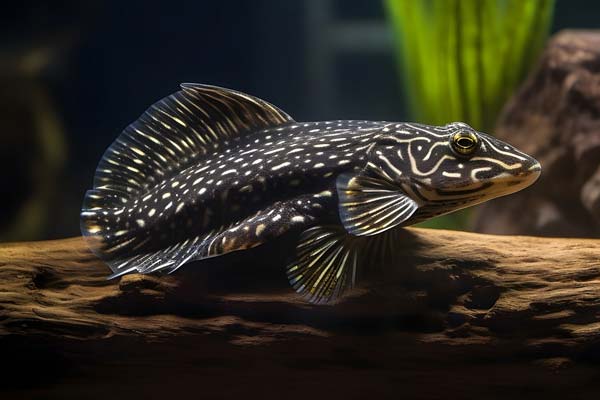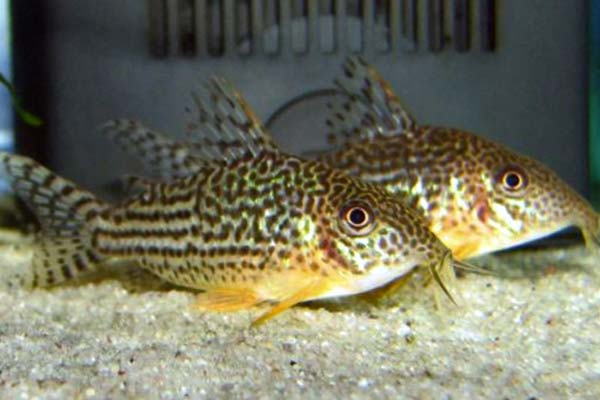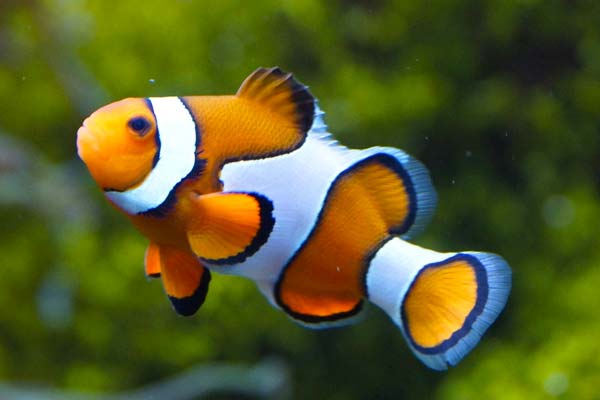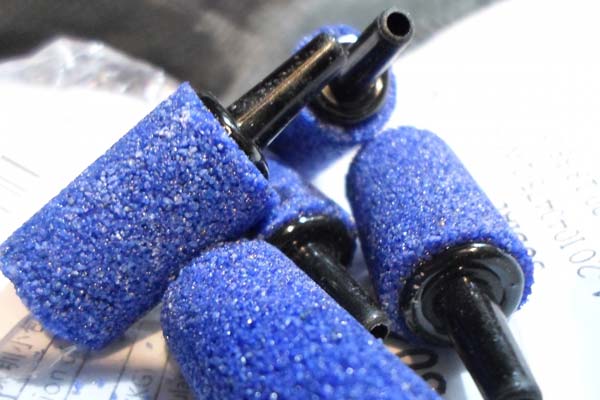Goldfish 101: Everything You Need to Know About Types, Varieties, and More
Goldfish, with the scientific name Carassius auratus, is one of the most popular pets worldwide. These freshwater fish are known for their vibrant colors, unique patterns, and playful personalities. Goldfish have been bred and kept as pets for centuries, their origins tracing back to China.
In this article, we will dive into the world of goldfish and explore the different types and varieties available. We will cover each type’s essential characteristics and traits, from the classic Common Goldfish to the more exotic Bubble Eye Goldfish.
We will also discuss the basic care requirements, feeding and nutrition, behavior and socialization, health and disease prevention, breeding and reproduction, fun facts, and trivia about goldfish. So, let’s jump in and explore the fascinating world of these beautiful and captivating fish.
Key Takeaways
- Goldfish are among the most popular pets worldwide, known for their vibrant colors, unique patterns, and playful personalities.
- There are many different types and varieties of goldfish, each with its characteristics and traits.
- Proper care, feeding, and socialization are essential to keeping goldfish healthy and happy.
Types and Varieties
Goldfish are a popular species of freshwater fish that come in various shapes, sizes, and colors. There are several types of goldfish, including common, comet, and fancy goldfish. Each type has unique characteristics, color patterns, and tail shapes.
Common goldfish are the most recognizable type of goldfish, often called feeders. They are inexpensive and come in various colors, including orange, red, white, and black. Comet goldfish are similar in appearance to common goldfish, but they have a longer and more slender body shape.
Fancy goldfish are popular with aquarium enthusiasts due to their unique and ornate appearance. Several fancy goldfish varieties exist, including Orandas, Ryukins, and Fantails. Orandas are known for their distinctive head growth, while Ryukins have a hump on their back and a pointed tail. Fantails have a double tail and a rounded body shape.
In addition to their physical characteristics, goldfish come in various color patterns, including calico, metallic, and solid colors. Calico goldfish have a mix of red, black, and white patches, while metallic goldfish have a shiny, reflective appearance. Solid colors include orange, red, and black.
Goldfish also have a variety of tail shapes, including single, double, and fan-shaped tails. Single-tailed goldfish have a long, flowing tail, while double-tailed goldfish have two tails that split in the middle. Fan-shaped tails, also known as butterfly tails, have a wide, fan-like shape.
Basic Care Requirements
Goldfish are a popular and easy-to-care-for fish species that can be kept in aquariums or ponds. Suitable habitats and proper care are essential to ensure their health and longevity.
Habitat
When setting up a habitat for goldfish, it is vital to consider the size of the aquarium or pond. Goldfish need much space to swim and grow, so a minimum of 20 gallons of water per fish is recommended. Larger tanks or ponds are even better, especially for larger varieties like comets and shubunkins.
Goldfish prefer a well-aerated environment, so an air pump or other aeration system is recommended. Suitable decorations like rocks, plants, and hiding places can enrich and stimulate goldfish.
Water Quality
Maintaining good water quality is critical for the health of goldfish. Water parameters like temperature, pH, and ammonia levels should be monitored regularly. The optimal temperature range for goldfish is between 68-74°F for fancy varieties and 60-70°F for comets and shubunkins.
A pH level between 7.0 and 8.4 is ideal, but goldfish are relatively tolerant of fluctuations in pH. Ammonia and nitrite levels must keep at 0 ppm, and nitrate levels should be below 40 ppm. A suitable filtration system can help maintain water quality by removing waste and harmful chemicals.
Health
Regular observation of goldfish can help detect any signs of illness or injury. Common health problems in goldfish include swim bladder issues, parasitic infections, and bacterial infections. If any abnormalities are observed, it is crucial to seek the advice of a veterinarian or aquatic specialist.
Feeding and Nutrition
Goldfish are omnivorous, meaning they eat both plant and animal matter. Feeding your goldfish a mixture of pellets, flakes, and fresh vegetables ensures they get all the necessary nutrients.
It is important to practice portion control and feeding frequency to avoid overfeeding. A good rule of thumb is to feed your goldfish a small amount of food once or twice a day, depending on their size and age.
Goldfish enjoy a variety of vegetables, including peas, spinach, and lettuce. These vegetables provide essential vitamins and minerals not found in commercial fish food. However, blanching the vegetables before feeding them to your goldfish is vital to make them easier to digest.
Behavior and Socialization
Goldfish are social creatures that thrive when kept in groups. They are known for their peaceful and calm demeanor, making them an ideal addition to any aquarium.
Goldfish are also known for their schooling tendencies, which means they prefer to swim in groups. They can become stressed and anxious when kept alone, leading to health problems.
Providing goldfish with hiding spots and adequate space for natural behaviors is essential. This includes plants, rocks, and other decorations that can serve as hiding spots and provide a sense of security for the fish.
Goldfish are also active swimmers, requiring much space to move around. A tank that is too small can cause stress and lead to health problems.
Regarding socialization, goldfish are not picky about their tank mates. They can coexist with other peaceful fish species without being aggressive or territorial. However, it is essential to avoid overcrowding the tank, leading to stress and poor water quality.
In terms of feeding, goldfish are omnivorous and eat various foods, including flakes, pellets, and live or frozen foods. They tend to overeat, so feeding them in small amounts throughout the day is essential rather than one large feeding.
Health and Disease Prevention
Goldfish are generally hardy fish that can live up to 20 years with proper care. However, they are not immune to health issues. Maintaining good health and preventing diseases in goldfish is vital to ensure they live long and healthy lives.
Common Health Issues
Swim bladder disorder, fin rot, and parasites are some of the most common health issues that goldfish may face. Swim bladder disorder can cause the fish difficulty swimming and maintaining balance.
Fin rot is a bacterial infection cause the fins to become ragged and discolored. Parasites, such as Ichthyophthirius multifiliis, can cause white spots on the fish’s body and fins.
Maintaining Good Health
To maintain good health in goldfish, regular observation is critical. Owners should observe their fish daily to ensure they are swimming and behaving normally. Any changes in behavior or appearance should be noted and addressed promptly.
Proper nutrition is also vital for good health. Goldfish should be fed a balanced diet, including commercial fish and fresh vegetables.
Quarantine procedures should also be followed when introducing new fish to an aquarium. A strict quarantine protocol can help prevent the spread of diseases to other fish in the tank.
Breeding and Reproduction
Breeding goldfish can be a rewarding experience for hobbyists who want to raise their fish. Before breeding, it is essential to select healthy and mature breeding pairs. The environmental and nutritional needs of the particular species should be researched to ensure optimal conditions for breeding.
The healthy breeding stock must be of spawning age in aquarium and pond fish. Proper substrate, cover, temperature, pH, live food, and water quality must be met to encourage breeding. Separating the males and females for a few weeks before breeding is recommended to help stimulate the breeding process.
Once the breeding pairs have been selected and the conditions are met, egg fertilization, hatching, and raising fry can begin. Goldfish lay their eggs on plants or other surfaces, and the males fertilize them. After fertilization, the eggs will hatch in about 4 to 7 days. The fry will feed on their yolk sacs for the first few days before transitioning to live food.
Raising fry requires special attention to water quality, temperature, and feeding. Keeping the water clean and debris-free is vital to prevent the fry from getting sick. Feeding should be frequent, and the food should be small and easy for the fry. As the fry grows, they can be gradually introduced to larger food.
Breeding and raising goldfish can be a challenging but rewarding experience. With the right conditions and care, hobbyists can enjoy the beauty of watching their fish grow and develop.
Fun Facts and Trivia
Goldfish are fascinating creatures with a rich history and many interesting facts. Here are some fun facts and trivia about these beloved fish:
- Goldfish have an impressive memory span and can easily recognize their owners. They can even learn tricks and respond to their owners’ voices through training.
- Contrary to popular belief, goldfish do not have a three-second memory. They can remember things for months and can even learn from past experiences.
- Goldfish can breathe through their gills or a special organ called the labyrinth, which allows them to take in oxygen from the air. This is why goldfish can survive for short periods out of water.
- The oldest recorded goldfish lived to be 43 years old. This is much longer than the average lifespan of 10-15 years.
- Goldfish come in many different varieties, each with unique characteristics and traits. Some of the most popular varieties include the Common Goldfish, the Comet Goldfish, and the Shubunkin Goldfish.
- In addition to these common varieties, there are many extraordinary and rare goldfish varieties. For example, the Bubble Eye Goldfish has fluid-filled sacs under its eyes that give it a unique appearance, while the Lionhead Goldfish has a distinct “mane” of long, flowing fins.
- Goldfish are omnivores and eat almost anything, including insects, plants, and even small fish. They have a keen sense of taste and can distinguish between different flavors.
- Goldfish are one of the most popular pets in the world, with over 480 million sold yearly. They have been kept as pets for centuries and have a rich cultural history in many parts of the world.
Overall, goldfish are fascinating creatures with many unique traits and characteristics. Whether you are a seasoned goldfish enthusiast or just starting, there is always something new to learn about these beloved fish.

